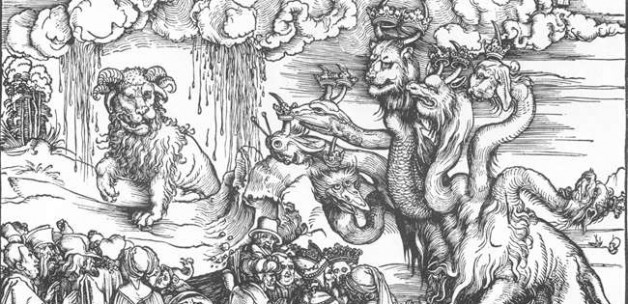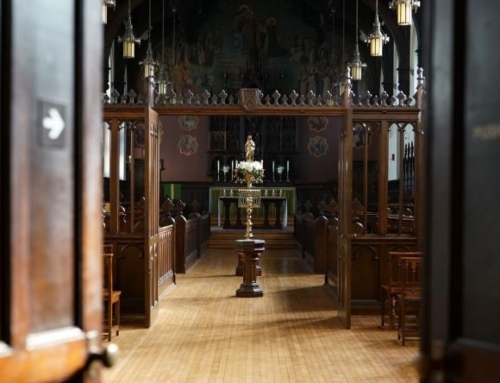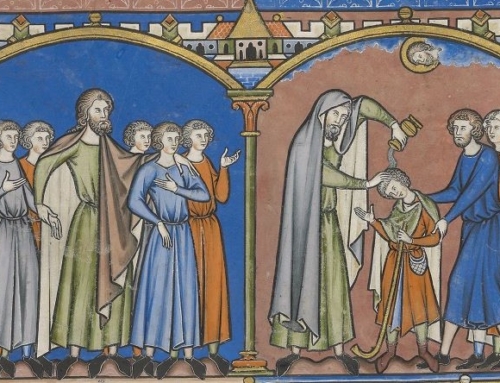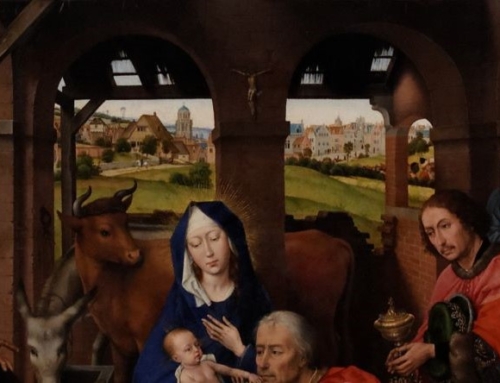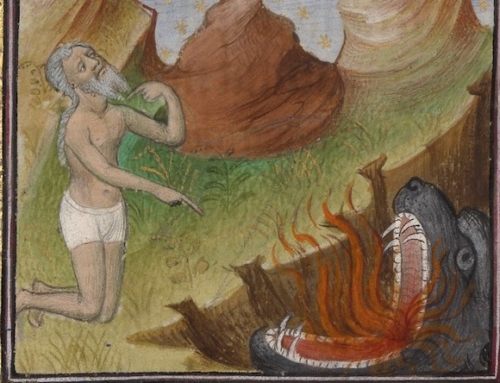Then I saw a beast come out of the sea with ten horns and seven heads; on its horns were ten diadems, and on its heads blasphemous names. The beast I saw was like a leopard, but it had feet like a bear’s, and its mouth was like the mouth of a lion. To it the dragon gave its own power and throne, along with great authority.
—Revelation 13:1-2In the first year of King Belshazzar of Babylon, as Daniel lay in bed he had a dream, visions in his head. Then he wrote down the dream; the account began: In the vision I saw during the night, suddenly the four winds of heaven stirred up the great sea, from which emerged four immense beasts, each different from the others. The first was like a lion, but with eagle’s wings. While I watched, the wings were plucked; it was raised from the ground to stand on two feet like a human being, and given a human mind. The second beast was like a bear; it was raised up on one side, and among the teeth in its mouth were three tusks. It was given the order, “Arise, devour much flesh.” After this I looked and saw another beast, like a leopard; on its back were four wings like those of a bird, and it had four heads. To this beast dominion was given. After this, in the visions of the night I saw a fourth beast, terrifying, horrible, and of extraordinary strength; it had great iron teeth with which it devoured and crushed, and it trampled with its feet what was left. It differed from the beasts that preceded it. It had ten horns. I was considering the ten horns it had, when suddenly another, a little horn, sprang out of their midst, and three of the previous horns were torn away to make room for it. This horn had eyes like human eyes, and a mouth that spoke arrogantly.
—Daniel 7:1-8
Now that we have had the characteristics of Biblical prophecy illumined by examples from Scripture, let us inspect three key examples from the images of the Old Testament that constitute the “vocabulary” of the Book of Revelation. For the sake of simplicity, we will confine ourselves to examples of prophetic symbols that the sacred author himself clearly explains.
The three examples we will consider are:
1. Beasts
2. The Mark on the Forehead
3. Marital Fidelity and Infidelity
So, to begin: The Beasts.
One of the most famous images in the Book of Revelation is the Beasts. Is there anything to suggest that this could be drawing on the Old Testament? Yes, certainly. Daniel has multiple visions with beasts in them. Can we make a more definite connection? Again, the answer is yes, definitely. The beast in Revelation 13:1-2 is composed of leopard, bear, and lion. Daniel has a vision with beasts that are like a leopard, a bear, and a lion (Dn 7). Is this an allusion to the passage in Daniel? Of course it is, and a very explicit one at that.
Remember that St. John’s Apocalypse is for people who know the Bible very, very well—as well as we know our favorite movies and TV shows. We all know how a single line composed of completely ordinary words can bring back the whole world of associations created with the story that made it famous. “We’ll always have Paris.” “To be, or not to be.” “May the Force be with you.” Even individual word choices can trigger associations for people who are immersed in a narrative. For those of us who remember President Clinton’s woes, perhaps we also remember that Jay Leno didn’t even have to give any context at all to make jokes that made people laugh—he had only to say the words “White House” and “intern” (innocent words in themselves) in proximity. Everyone got it who was immersed in the news. In a similar way, the Book of Revelation is intended for an audience immersed in the Scriptures.
Now that we aware that this is definitely a reference to Daniel, the natural question is, “What do the Beasts in Daniel’s vision mean?” There is one, consistent answer to that question: wicked kings and kingdoms. Daniel’s beast-visions are explained in plain language by an angel, and they all refer to wicked kings who persecute God’s people.
“These four great beasts stand for four kings which shall arise on the earth.”
—Daniel 7:17He answered me thus: “The fourth beast shall be a fourth kingdom on earth.”
—Daniel 7:23
After the vision of beasts in Daniel 7 comes another vision of beasts, this time a ram and a he-goat. Again, the angel Gabriel tells Daniel that the beasts in his vision signify kings:
“The two-horned ram you saw represents the kings of the Medes and Persians. The he-goat is the king of the Greeks, and the great horn on its forehead is the first king.
—Daniel 8:20-21
The lion-bear-leopard correspondence is only one point of contact between the beast-visions in the two books. Another important one is the horns. In both the horns of the beasts are prominent. In both there are ten-horned beasts, and horns have eyes and can talk.
Again, Daniel is told quite clearly that the horns represent kings, too.
The ten horns shall be ten kings rising out of that kingdom; another shall rise up after them, different from those before him, who shall lay low three kings.
—Daniel 7:24The he-goat is the king of the Greeks, and the great horn on its forehead is the first king. The four that rose in its place when it was shattered are four kingdoms that will issue from his nation, but without his strength.
—Daniel 8:21-22
In Daniel’s visions beasts represent kings or kingdoms, and horns represent kings. Therefore when God gives subsequent visions that directly reference Daniel’s visions, we ought to interpret those beasts and horns likewise as kingdoms and kings.
This might seem like something of a let-down. After all, strange monsters are an exciting topic, while wicked kings are kind of dull. But it makes sense that God gave his message this way.
Evil is banal and ultimately boring. But at the same time, we have to beware of the evil that does more than just kill our bodies. The animal-monster wicked kings in Daniel and Revelation are the minions of the ultimate monster, the Devil, who tries to get us to join the enemies of God by committing mortal sin. That’s why Jesus says, “Do not fear those that can harm the body but afterwards can do nothing.”
Why does it make sense that God communicates the truth about the true enemies of Christians by using prophetic visions?
1. Prophetic visions have a sacramental quality to them, in that they make invisible realities visible. They make spiritual truths accessible in a way understandable to both the learned and simple.
2. Like Jesus’ Parables, they hide meaning from those ‘outside’ while communicating effectively to those who are close to God.
3. Evil may be banal and ultimately boring, but God isn’t boring, so it is fitting that he communicates his messages in a non-boring way. And even if the images of prophetic visions can be confusing, the one thing they are not is boring.
When we realize that the realities symbolized in the prophetic vision are actually pretty normal things like wicked rulers, we should not be disappointed. Rather we should look at “boring” old normal reality in a new way, because of what we saw when the veil was drawn back from the spiritual realities normally invisible to us in this life.
In the next post we’ll look at the Mark on the Forehead in Old Testament prophetic vision.
Image: Albrecht Durer, The Revelation of St John 12: The Sea Monster and the Beast with the Lamb’s Horn

